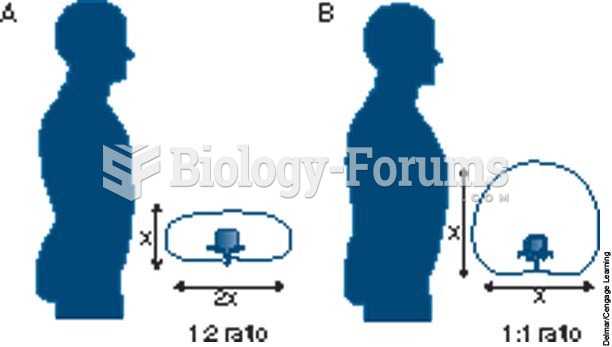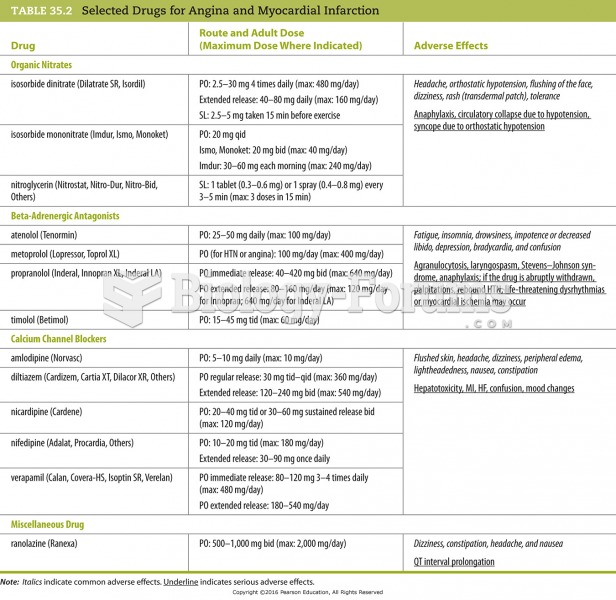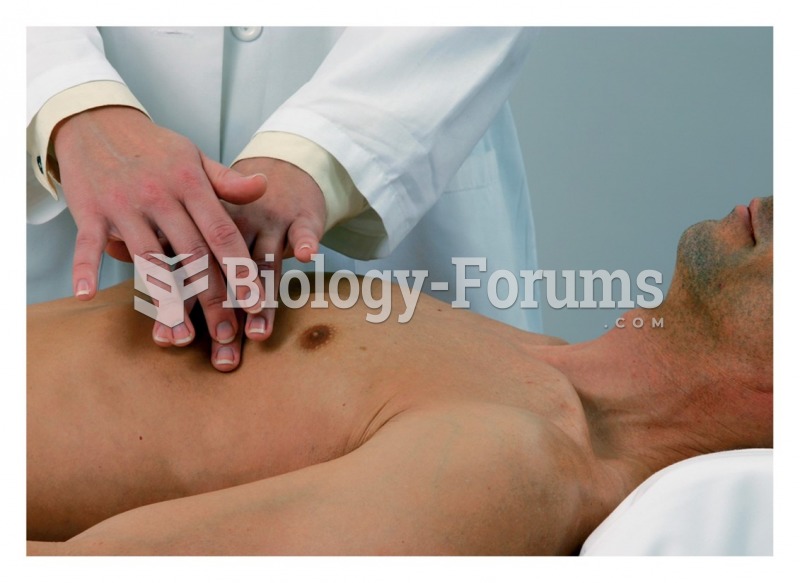Answer to Question 1
Correct Answer: 1
Rationale 1: Coronary artery narrowing results in chest pain upon exertion, a condition known as angina pectoris.
Rationale 2: Addisonian crisis occurs from a lack of circulating adrenocortical steroids.
Rationale 3: Ludwig angina is an infection of the floor of the mouth.
Rationale 4: Lactic acid buildup is a byproduct of anaerobic metabolism. In angina, it will be preceded by coronary artery narrowing.
Global Rationale: Coronary artery narrowing results in chest pain upon exertion, a condition known as angina pectoris. Addisonian crisis occurs from a lack of circulating adrenocortical steroids. Ludwig angina is an infection of the floor of the mouth. Lactic acid buildup is a byproduct of anaerobic metabolism. In angina, it will be preceded by coronary artery narrowing.
Answer to Question 2
Correct Answer: 2
Rationale 1: The internodal pathway carries an action potential from the SA node to the AV node.
Rationale 2: The SA node is located in the tissue of the wall of the right atrium. Its function can be impaired after a right atrial infarction.
Rationale 3: The AV node sits between the atria and ventricles, and is not typically affected by a right atrial infarction.
Rationale 4: The bundle of His is located just below the AV node. It is not typically damaged during an infarction of the right atrium.
Global Rationale: The SA node is located in the tissue of the wall of the right atrium. Its function can be impaired after a right atrial infarction. The internodal pathway carries an action potential from the SA node to the AV node. The AV node sits between the atria and ventricles, and is not typically affected by a right atrial infarction. The bundle of His is located just below the AV node. It is not typically damaged during an infarction of the right atrium.







